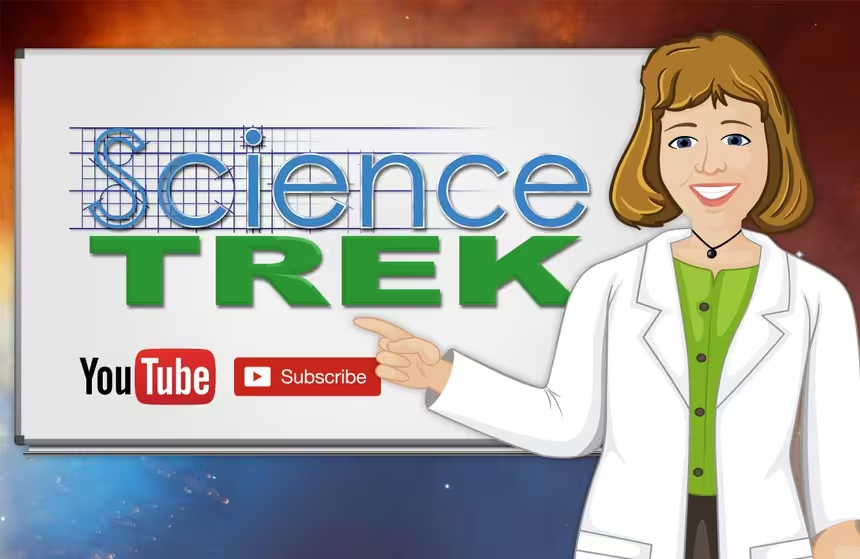
States of Matter: The Fourth State
Clip: Special | 1m 4sVideo has Closed Captions
How is plasma used on Earth?
Plasma happens when gas gets heated to a very high temperature and the atoms lose their electrons. Find out more about this state of matter.
Problems playing video? | Closed Captioning Feedback
Problems playing video? | Closed Captioning Feedback
Science Trek is a local public television program presented by IdahoPTV
Major Funding by the Laura Moore Cunningham Foundation and the Idaho National Laboratory. Additional Funding by the Friends of Idaho Public Television and the Corporation for Public Broadcasting.

States of Matter: The Fourth State
Clip: Special | 1m 4sVideo has Closed Captions
Plasma happens when gas gets heated to a very high temperature and the atoms lose their electrons. Find out more about this state of matter.
Problems playing video? | Closed Captioning Feedback
How to Watch Science Trek
Science Trek is available to stream on pbs.org and the free PBS App, available on iPhone, Apple TV, Android TV, Android smartphones, Amazon Fire TV, Amazon Fire Tablet, Roku, Samsung Smart TV, and Vizio.

Science Trek
Science Trek is a place where parents, kids, and educators can watch short, educational videos on a variety of science topics. Every Monday Science Trek releases a new video that introduces children to math, science, technology, engineering, and math (STEM) career potentials in a fun, informative way.[MUSIC] JOAN CARTAN-HANSEN, HOST: What would you say is the most common state of matter in the universe?
Solid, liquid, gas?
Nope it's that fourth state: plasma.
What is plasma?
It's mostly made of ionized hydrogen and helium undergoing nuclear fusion.
[STUDENT] Huh?
Cartan-Hansen: Well, plasma is not a solid, liquid or gas.
It has a huge amount of energy.
Some examples are lightning.
[THUNDER CRACK] The northern lights and the southern aurora australis.
The sun and the stars are massive balls of plasma.
The solar winds emitted by the sun are streams of plasma, and a little closer to home are human-made plasma.
some older televisions are plasma TVs.
These use small cells of plasma to create images.
There are plasma torches used in industry to cut metals with a high degree of accuracy.
And florescent or neon lights work by passing an electric current through a gas, that turns the gas into plasma.
which gives off light.
For more information about states of matter, check out the Science Trek website.
You'll find it at Science Trek.org
States of Matter: What’s a Phase Change?
Video has Closed Captions
Clip: Special | 1m 4s | What is a phase change? (1m 4s)
Providing Support for PBS.org
Learn Moreabout PBS online sponsorship
- Science and Nature

Explore scientific discoveries on television's most acclaimed science documentary series.

- Science and Nature

Capturing the splendor of the natural world, from the African plains to the Antarctic ice.












Support for PBS provided by:
Science Trek is a local public television program presented by IdahoPTV
Major Funding by the Laura Moore Cunningham Foundation and the Idaho National Laboratory. Additional Funding by the Friends of Idaho Public Television and the Corporation for Public Broadcasting.
